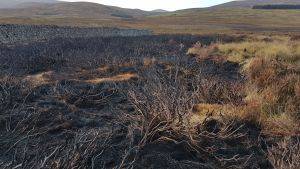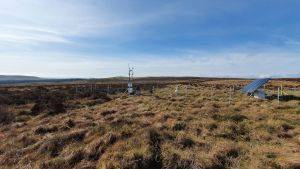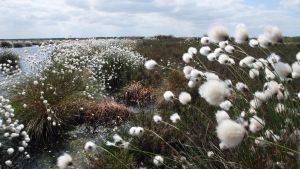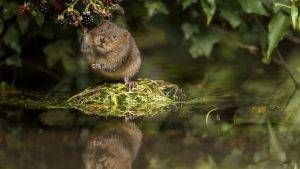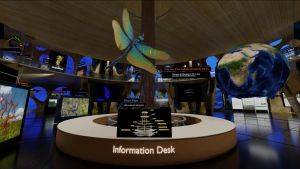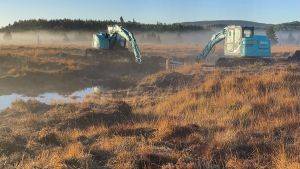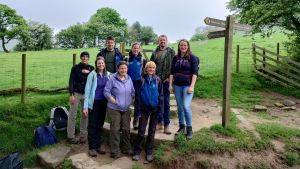Astley and Bedford Moss
Description
Astley and Bedford Mosses are situated 14 km west of the centre of Manchester and 4 km south-east of Leigh. The site lies adjacent to the Liverpool to Manchester railway and is bordered on the other sides by agricultural land. It represents one of the largest remaining fragments of Chat Moss, a lowland raised mire some 25 square kilometres in extent, developed over tills and late-glacial flood gravels overlying Triassic sandstones of the Sherwood Sandstones Group.
Most of the original extent of Chat Moss has been drained and reclaimed for agriculture or cut over for peat such that Astley and Bedford Mosses, although also subject in the past to some of these impacts, are higher than the surrounding countryside and still retain a considerable depth of peat.
Biodiversity
The major habitats present are modified mire communities, heathland, woodland and acidic grassland, all developed over the cut peat surface and subject to variations of wetness according to the residual topography or drainage patterns. Existing areas of mire are dominated by common cottongrass Eriophorum angustifolium and hare’s-tail cottongrass E. vaginatum with occasional deergrass Trichophorum cespitosum. Bog mosses are scarce but Sphagnum cuspidatum, S. recurvum, S. tenellum, S. fimbriatum and S. subnitens occur in patches in the cottongrass, between tussocks of purple moor-grass Molinia caerulea or in and alongside some of the ditches.
As the peat becomes increasingly drier, the mire community is replaced by a monospecific sward of purple moor grass in which very few other species are present. Downy birch Betula pubescens also begins to establish with the result that a large proportion of the site exists as a mixture of these two species. This community varies in density from a closed birch woodland to a ‘savannah’-like grassland with occasional trees. Heather Calluna vulgaris, although scattered throughout, also dominates one are a of heathland at the north eastern edge of the site, where cranberry Vaccinium oxycoccus also occurs.
The site is important for birds, in particular wintering raptors such as hen harrier (Circus cyaneus), short-eared owl (Asio flammeus) and merlin (Falco columbarius), and it supports breeding species such as curlew (Numenius arquata) and long-eared owl (Asio otus). Nightjars (Caprimulgus europaeus), precariously confined to the remnant lowland mosslands in the county, may also breed.
Project Name: Astley and Bedford Moss
Organisation / Lead partner: Natural England
Location: Astley, near Manchester
Approximate area covered: 52 ha
Conservation Status: Site of Special Scientific Interest (SSSI), Special Area of Conservation (SAC), Local Wildlife Site
Predominately: Lowland
Peat Habitats: Lowland raised bog
Project Type: Management

